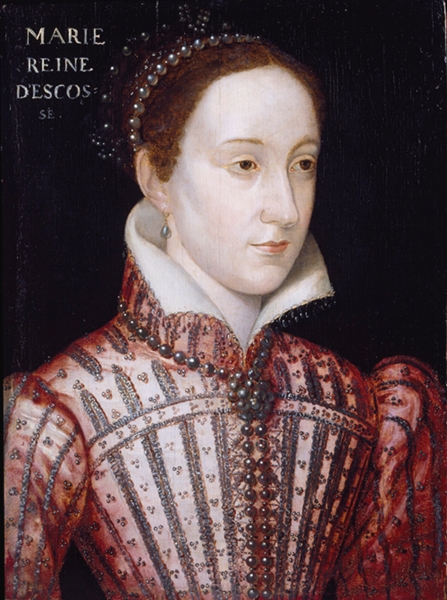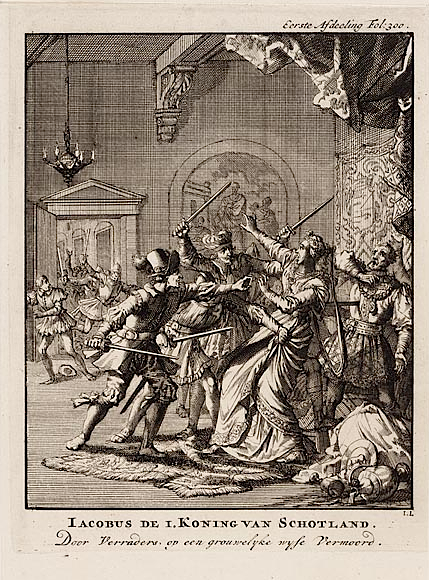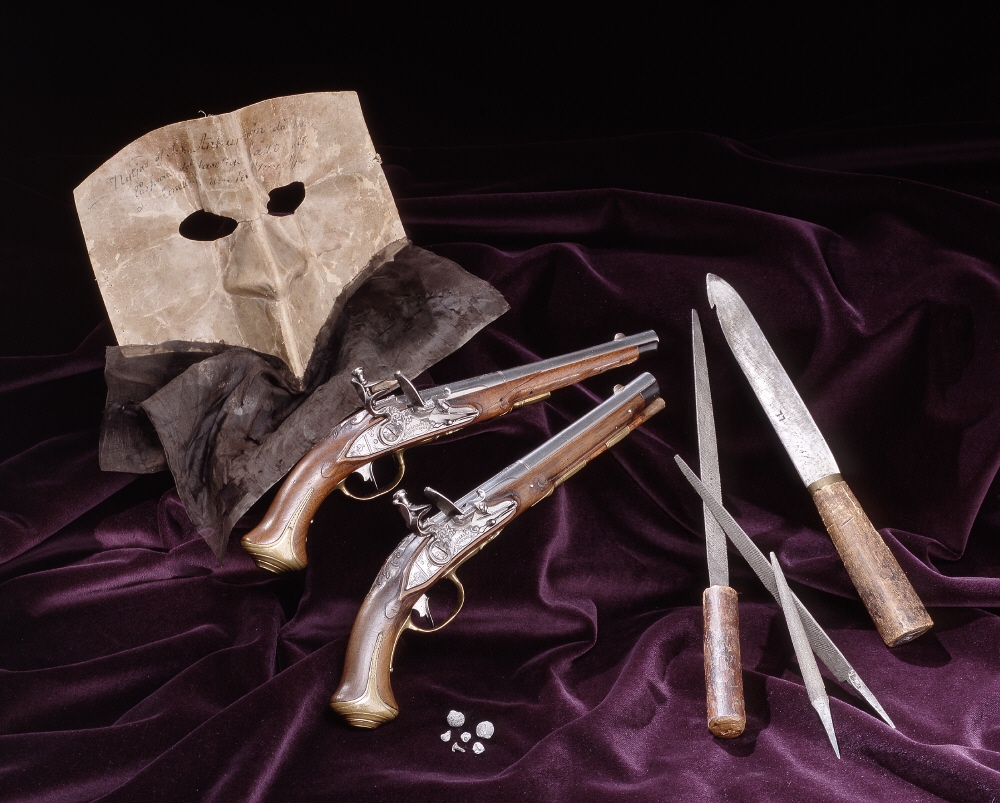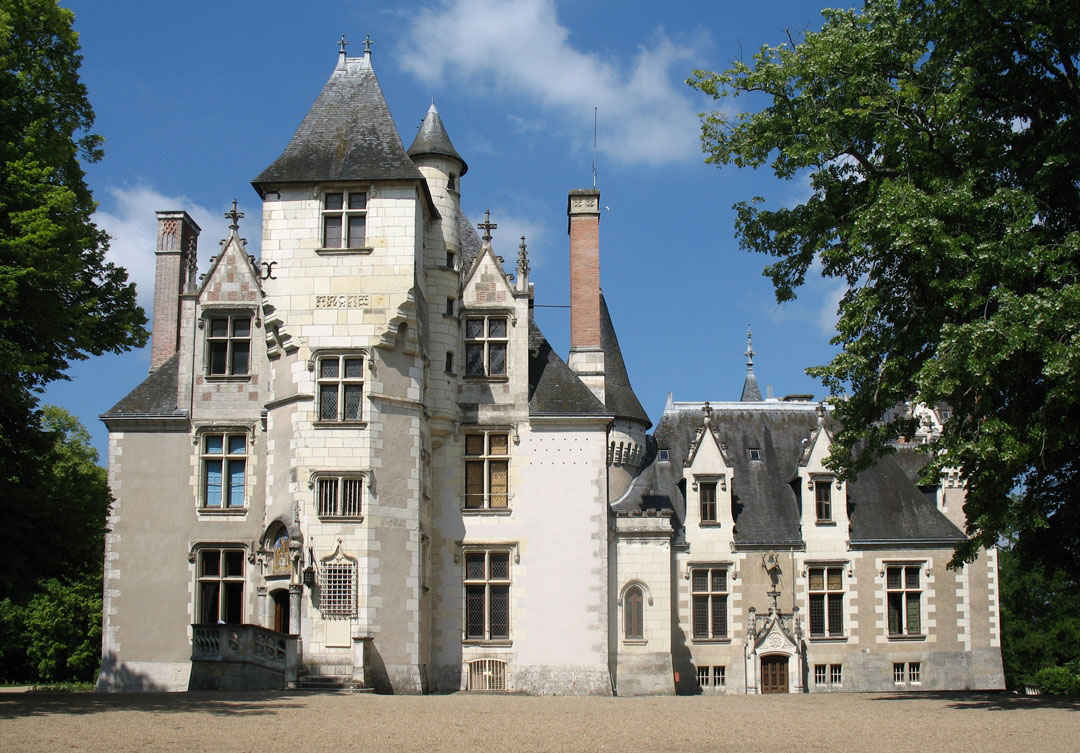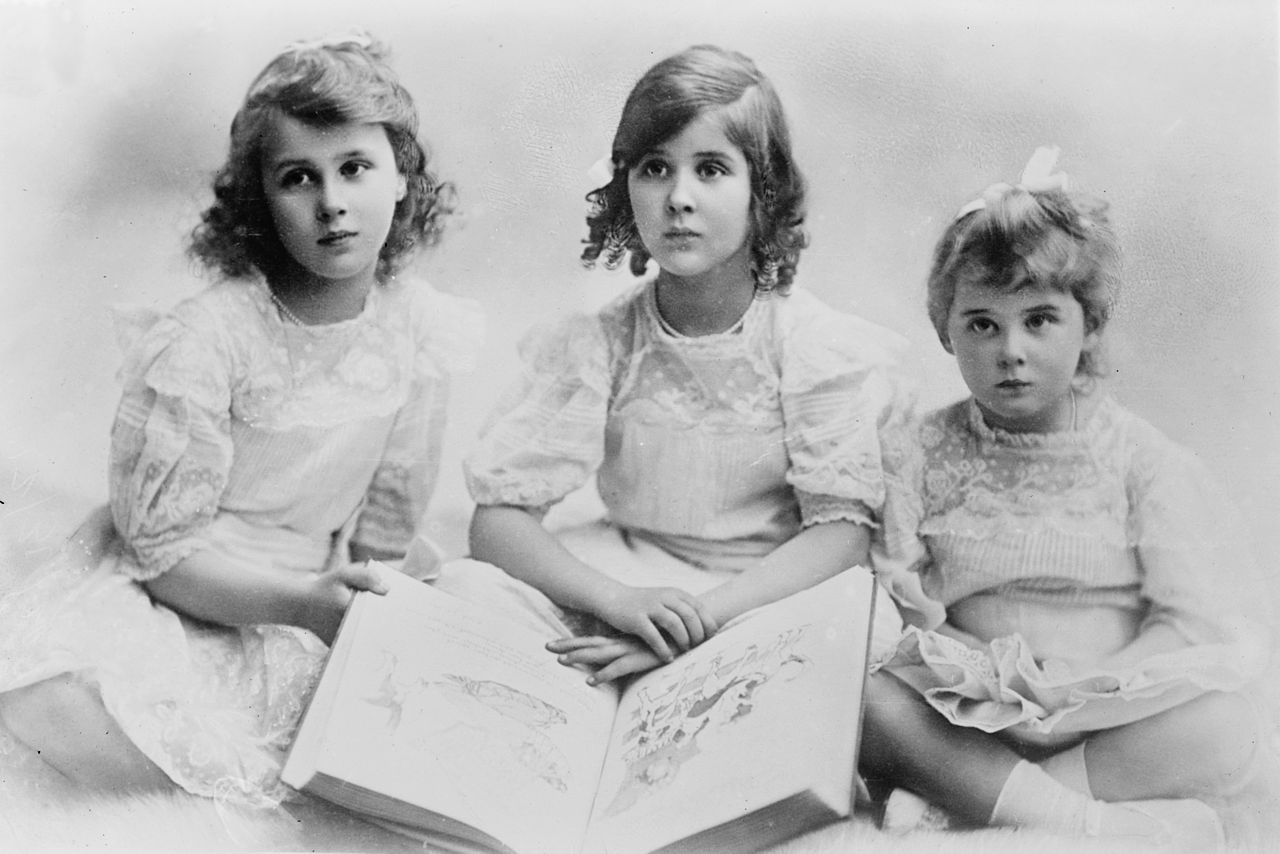by Susan Flantzer © Unofficial Royalty 2020
Arabic Naming Conventions
Al – family/clan of…
bin or ibn – son of…
bint – daughter of…
On March 25, 1975, King Faisal of Saudi Arabia, aged 68, was shot and killed by his 30-year-old nephew Prince Faisal bin Musaid bin Abdulaziz Al Saud at the Royal Palace in Riyadh, Saudi Arabia.

Credit – Wikipedia
King Faisal of Saudi Arabia
Faisal bin Abdulaziz Al Saud was born on April 14, 1906, in Riyadh, then in the Emirate of Nejd and Hasa, now the capital of the Kingdom of Saudi Arabia. His father was Abdulaziz ibn Abdul Rahman Al Saud, also known as Ibn Saud, the founder and the first king of Saudi Arabia. Faisal’s mother was Tarfa bint Abdullah bin Abdullatif Al ash-Sheikh, one of his father’s 22-24 wives.
Faisal was introduced to politics at an early age. In 1919, at the age of thirteen, Faisal was sent to meetings in the United Kingdom and France as the head of the Saudi delegation. After Abdulaziz’s eldest son Turki, Faisal’s half-brother, died in 1919 during the influenza pandemic, Faisal became the second eldest of Abdulaziz’s sons after his half-brother Saud. Besides speaking Arabic, Faisal was fluent in English and French. Faisal had four wives and a total of seventeen children.
Faisal served as Saudi Arabia’s Foreign Minister, Deputy Prime Minister, Prime Minister, and Crown Prince. After a power struggle with Faisal’s half-brother King Saud, the cabinet and senior members of the Saudi royal family forced Saud to abdicate and Faisal became the third King of Saudi Arabia in 1964.
For more information about King Faisal see Unofficial Royalty: King Faisal of Saudi Arabia
The Assassination
On March 25, 1975, at the Royal Palace in Riyadh, Saudi Arabia, King Faisal was holding a reception. Prince Faisal bin Musaid bin Abdulaziz Al Saud joined the Kuwaiti delegation that had lined up to meet King Faisal. The king recognized his nephew Prince Faisal and bent his head forward so that his nephew could kiss the king’s head as a sign of respect. Prince Faisal took out a revolver from his robe and shot King Faisal twice in the head. The third shot missed and he threw the gun away. King Faisal fell to the floor. A bodyguard hit Prince Faisal with a sheathed sword but Saudi oil minister Ahmed Zaki Yamani yelled repeatedly not to kill the prince. Then bodyguards with swords and submachine guns subdued Prince Faisal and arrested him.
King Faisal was rushed to Riyadh Hospital where he was treated by an American doctor. Head wounds from the .38 caliber bullets fired at point-blank range were the cause of death. King Faisal’s death was announced shortly after 12 noon. A sobbing announcer read the official statement over Saudi radio: “ With great sorrow and sadness, on behalf of His Highness, the Crown Prince, the royal family and the nation announces the death of His Majesty King Faisal who died in Riyadh Hospital of wounds sustained in an attack on his life by mentally deranged Prince Faisal ibn Musaid Abdulaziz.”
On March 26, 1975, King Faisal was buried in Al Oud cemetery in Riyadh, Saudi Arabia in a simple unmarked grave alongside hundreds of other unidentified graves. Leaders of the Arab world including Presiden Anwar el-Sadat of Egypt, King Hussein of Jordan, President Hafez al Assad of Syria, and Yasir Arafat, head of the Palestine Liberation Organization attended the funeral. King Faisal’s successor, his half-brother King Khalid, wept over his body at the funeral.
Who was the assassin Prince Faisal bin Musaid bin Abdulaziz Al Saud?

Prince Faisal bin Musaid bin Abdulaziz Al Saud; Credit – Wikipedia
Born on April 4, 1944, in Riyadh, Saudi Arabia, Prince Faisal bin Musaid bin Abdulaziz Al Saud was the son of Prince Musaid bin Abdulaziz Al Saud. His father was one of the forty-five sons (of whom 36 survived to adulthood) of Abdulaziz ibn Abdul Rahman Al Saud, also known as Ibn Saud, the founder and the first king of Saudi Arabia. Prince Musaid was the half-brother of King Faisal and therefore, Prince Faisal was the king’s nephew.
Prince Faisal attended university in the United States. For two semesters, he attended San Francisco State College studying English. He then attended the University of Colorado at Boulder where he received a bachelor’s degree in political science in 1971. While in the United States, he lived with his American girlfriend Christine Surma for five years. He kept in touch with her when he returned to Saudi Arabia.
Why did Prince Faisal bin Musaid bin Abdulaziz Al Saud kill King Faisal?
At the time of the assassination, there were some conspiracy theories but an investigation later determined that Prince Faisal acted alone. The most probable reason for the assassination has to do with Prince Faisal wanting revenge for the death of his brother Prince Khalid. Five years earlier, Prince Faisal’s brother, Prince Khalid was killed by Saudi security agents as he led a demonstration of religious zealots against a television station in Riyadh. Strict Islamic law forbids the portrayal in any form of the human image. Prince Khalid was portrayed as a fanatic who called television “the instrument of the devil” and opposed all reforms introduced by King Faisal. The details of his death are disputed. Some reports allege that he died resisting arrest outside his own home. There was never an investigation into Prince Khalid’s death.
What happened to the assassin Prince Faisal bin Musaid bin Abdulaziz Al Saud?
Immediately after the assassination, in an official statement, it was said that Prince Faisal bin Musaid bin Abdulaziz Al Saud was mentally deranged. However, at a later date, a panel of medical experts ruled that he had been sane at the time of the assassination and could stand trial. His American girlfriend, Christine Surma, who lived with him for five years while he was in the United States, denied accusations that Prince Faisal was mentally ill.
Prince Faisal was tried, convicted, and executed on June 18, 1975. The trial took place in a sharia court that met in a closed session. Within hours, the sharia court reached their verdict that Prince Faisal was guilty of having shot his uncle King Faisal to death. Public beheading is the traditional form of execution for a convicted murderer in Saudi Arabia and the sentence was carried out a few hours later.
Deera Square where public executions and amputations take place; Credit – Wikipedia
At 4:30 PM on June 18, 1975, the sentence was carried out in front of a crowd of 10,000 in Deera Square in Riyadh, the capital of Saudi Arabia. Deera Square, also known as Al-Safaa Square, Justice Square, and locally as Chop Chop Square, is located in front of the Palace of the Governor of Riyadh (also known as the Justice Palace) which faces the Grand Mosque of Riyadh (also known as the Imam Turki bin Abdullah Mosque).
Prince Faisal bin Musaid, wearing a white robe, was led by a soldier to the execution site and was reported to have walked unsteadily. Prince Faisal was then blindfolded and the large crowd watched silently until he was beheaded with one swing of a sword with a golden hilt. The crowd then broke into chants of “God is great!” and “Justice is done!”
Afterward, Prince Faisal bin Musaid’s head was displayed for a short time on a wooden stake before being removed by ambulance together with the body for burial. The beheading was witnessed by the Governor of Riyadh, Prince Salman, a younger half-brother of King Faisal. Prince Salman, the only member of the royal family to witness the execution, became the seventh king of Saudi Arabia in 2015.
This article is the intellectual property of Unofficial Royalty and is NOT TO BE COPIED, EDITED, OR POSTED IN ANY FORM ON ANOTHER WEBSITE under any circumstances. It is permissible to use a link that directs to Unofficial Royalty.
Works Cited
- Ar.wikipedia.org. (2019). اغتيال فيصل آل سعود. [online] Available at: https://ar.wikipedia.org/wiki/%D8%A7%D8%BA%D8%AA%D9%8A%D8%A7%D9%84_%D9%81%D9%8A%D8%B5%D9%84_%D8%A2%D9%84_%D8%B3%D8%B9%D9%88%D8%AF [Accessed 28 Nov. 2019]. (Arabic Wikipedia – Assassination of Faisal Al Saud)
- Ar.wikipedia.org. (2019). فيصل بن عبد العزيز آل سعود. [online] Available at: https://ar.wikipedia.org/wiki/%D9%81%D9%8A%D8%B5%D9%84_%D8%A8%D9%86_%D8%B9%D8%A8%D8%AF_%D8%A7%D9%84%D8%B9%D8%B2%D9%8A%D8%B2_%D8%A2%D9%84_%D8%B3%D8%B9%D9%88%D8%AF [Accessed 28 Nov. 2019]. (Arabic Wikipedia – Faisal bin Abdul Aziz Al Saud)
- En.wikipedia.org. (2019). Faisal bin Musaid. [online] Available at: https://en.wikipedia.org/wiki/Faisal_bin_Musaid [Accessed 28 Nov. 2019].
- En.wikipedia.org. (2019). Faisal of Saudi Arabia. [online] Available at: https://en.wikipedia.org/wiki/Faisal_of_Saudi_Arabia [Accessed 28 Nov. 2019].
- Flantzer, Susan. (2019). King Faisal of Saudi Arabia. [online] Unofficial Royalty. Available at: https://www.unofficialroyalty.com/king-faisal-of-saudi-arabia/ [Accessed 28 Nov. 2019].
- New York Times. (1975). Assassin’s Fate and Motives Unknown. [online] Available at: https://www.nytimes.com/1975/03/27/archives/assassins-fate-and-motives-unknown.html?searchResultPosition=3 [Accessed 28 Nov. 2019].
- New York Times. (1975). Faisal, Rich and Powerful, Led Saudis Into 20th Century and to Arab Forefront. [online] Available at: https://www.nytimes.com/1975/03/26/archives/faisal-rich-and-powerful-led-saudis-into-20th-century-and-to-arab.html?searchResultPosition=1 [Accessed 28 Nov. 2019].
- New York Times. (1975). FAISAL’S KILLER IS PUT TO DEATH. [online] Available at: https://www.nytimes.com/1975/06/19/archives/faisals-killer-is-put-to-death-prince-is-beheaded-before-a-crowd-of.html [Accessed 28 Nov. 2019].
- New York Times (1975). Moslem World Feels Shock And Loss Over King’s Death. [online] Available at: https://www.nytimes.com/1975/03/26/archives/moslem-world-feels-shock-and-loss-over-kings-death.html?searchResultPosition=7 [Accessed 28 Nov. 2019].
- New York Times. (1975). MOTIVE UNKNOWN. [online] Available at: https://www.nytimes.com/1975/03/26/archives/motive-unknown-assassin-described-as-mentally-deranged-in-official.html?searchResultPosition=5 [Accessed 28 Nov. 2019].


